Please note TIG will be updating the Self-Advocacy Suite.
Cudahy High School
Successfully layering selected-level supports in a high school environment
After four years of implementing PBIS supports at the universal/tier 1 level, the faculty and staff of Cudahy High School were ready to take their continuum of supports up to the next level.
The newly-formed tier 2 team (one administrator, five general education teachers, and three student service members) focused on students with high numbers of office disciplinary referrals, attendance issues, and struggling academic performance. The team looked into using evidence-based practices that would be both appropriate and effective at the high school level and decided to pilot Social and Academic Instructional Groups (SAIG) along with a mentoring approach in the fall of 2015.
Piloting SAIG
The team recognized that their resources were finite. Concentrating on building capacity, Cudahy used data to identify a small number of students with the greatest need who would comprise the pilot group.
At first, the team tracked the data of the initial 18 students using old-fashioned paper and pencil. Each SAIG consisted of six students and met once a week for 50 minutes. The team created a rubric with points given for being on time, for being present, for passing classes, and for turning in assignments. They shared the information with students and helped them set a realistic goal for the week.
Delivering systemic support
As the year went on, the team focused on how to deliver the support systemically. By the time the program expanded to include 47 students in 2016-17, the team had a process to track the data electronically. The team used an online scheduling tool to schedule groups during school-wide intervention time. The tool takes student preferences and class times into consideration. The team made sure to build in support and training for staff. For example, a library of lesson plans to guide students through working on academic and attendance goals is available for use.
Outlining goals with mentor and mentee
The tier 2 team also laid the foundation for one-on-one regular connections (similar to mentoring), which allow for individualized attention. Together, the mentor and mentee outline their goal and spend at least 15 minutes each week working towards it. Attendance data, missing assignments, and grades for students involved in SAIG or mentoring are reviewed regularly by the tier 2 team to measure their rate of success or determine if additional supports are needed.
Getting staff buy-in
This attention to systemic implementation paid off in the form of staff buy-in. Sixty percent of school staff have volunteered to either lead a group or to regularly connect with a student one-on-one. School Psychologist Jeanne Roberson attributes this enthusiasm to the fact that the team openly shared the data from the pilot year in several presentations at staff meetings. “We made it as simple as possible for them,” she said. “We put the data in front of them. It worked.”
Impressive results
Cudahy High School is seeing impressive results. At the end of 2016-17, the students in SAIG had increased their overall attendance by over 15% and had 50% fewer office disciplinary referrals.
We have amazing staff who will do anything to help students. Jeanne Roberson
school psychologist



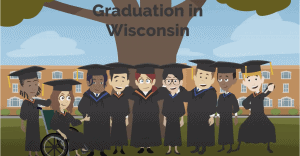
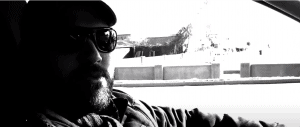
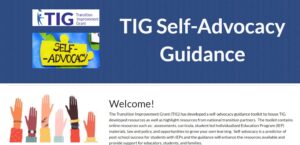 TIG Self-Advocacy Guidance Google Site
TIG Self-Advocacy Guidance Google Site 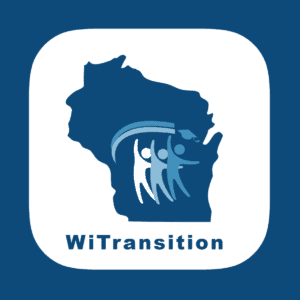
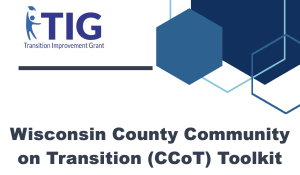 Wisconsin County Community on Transition (CCoT) Toolkit
Wisconsin County Community on Transition (CCoT) Toolkit